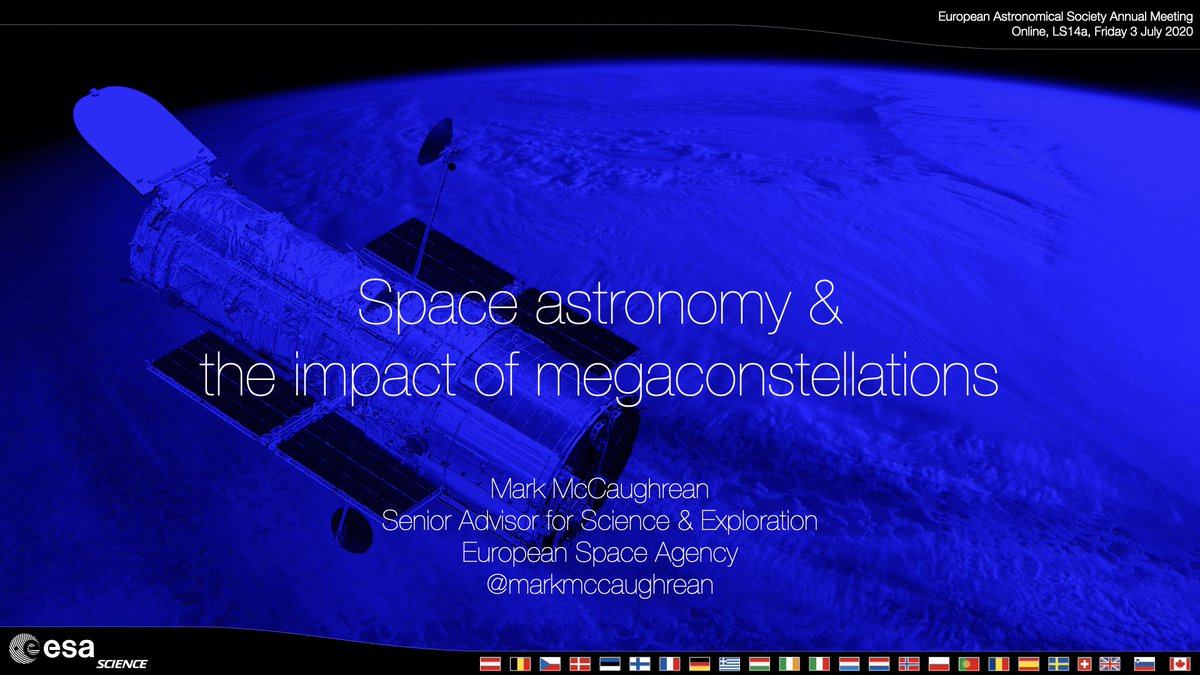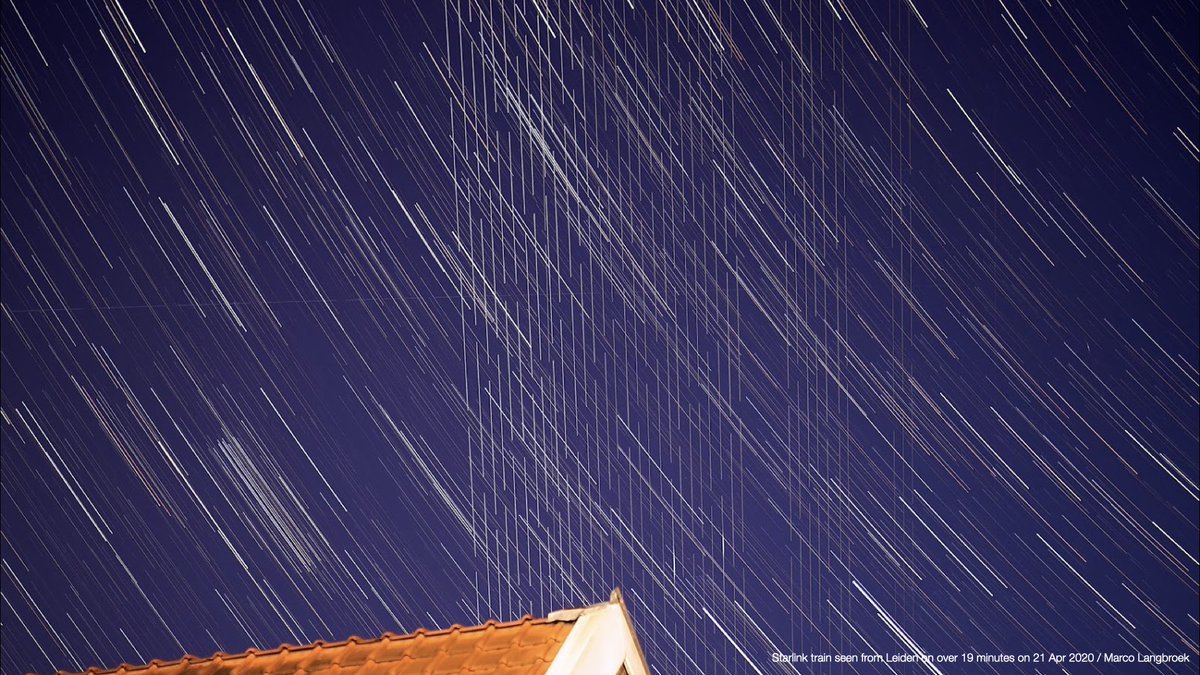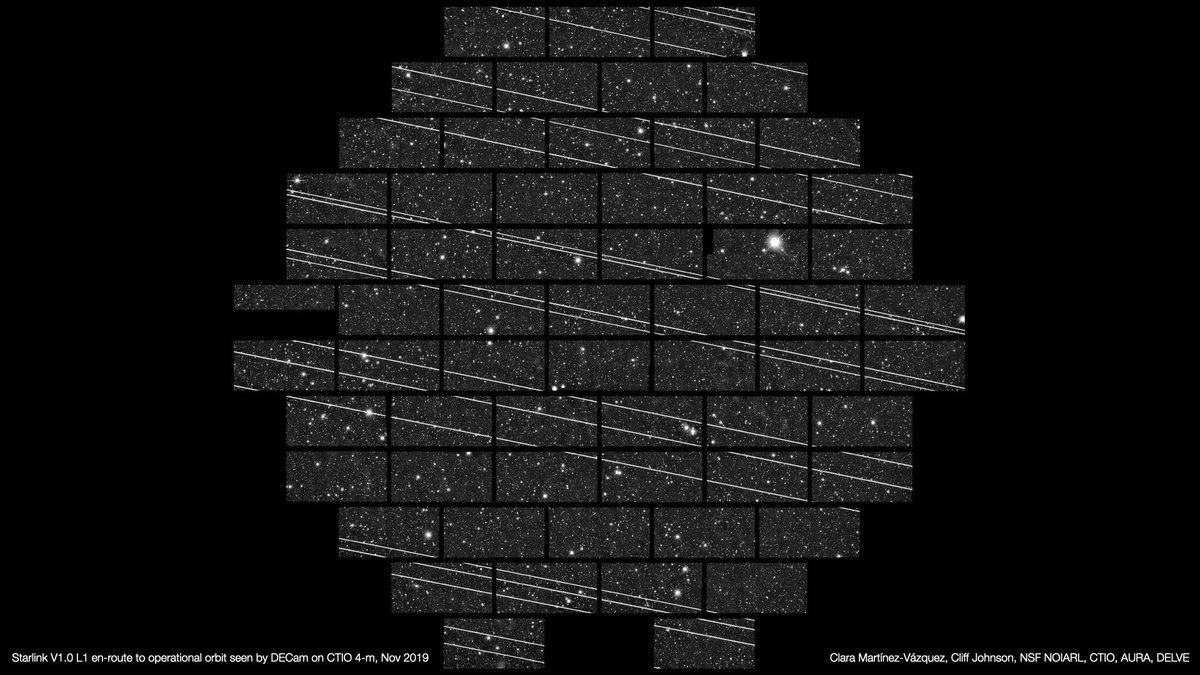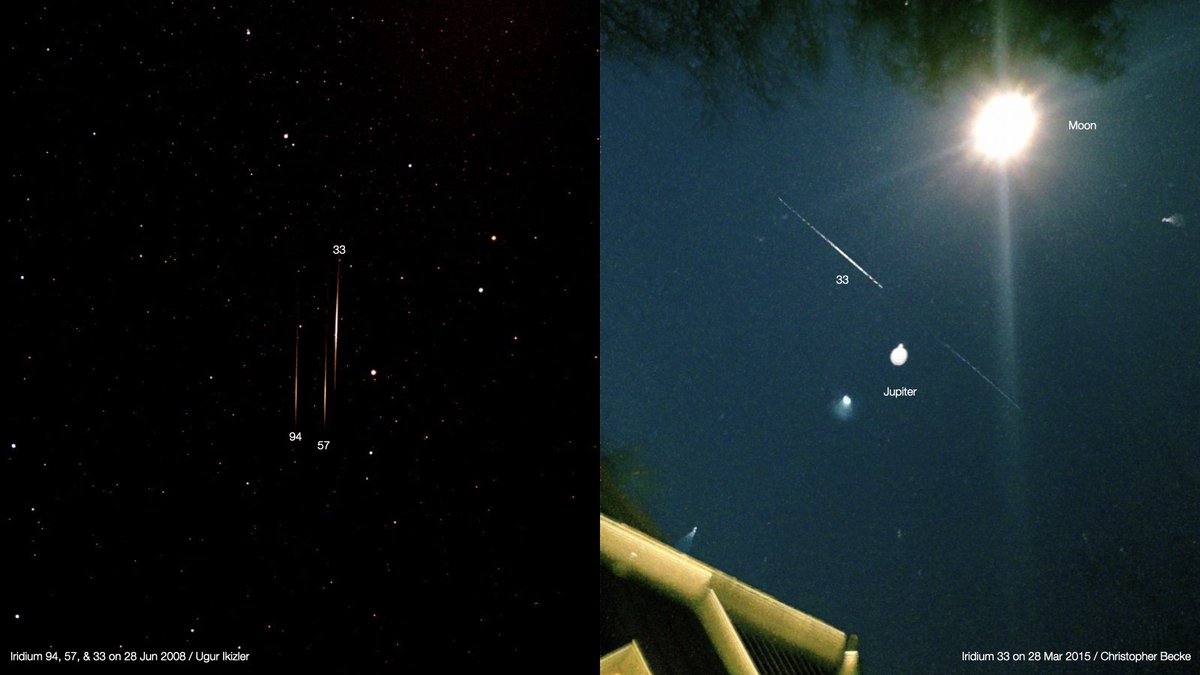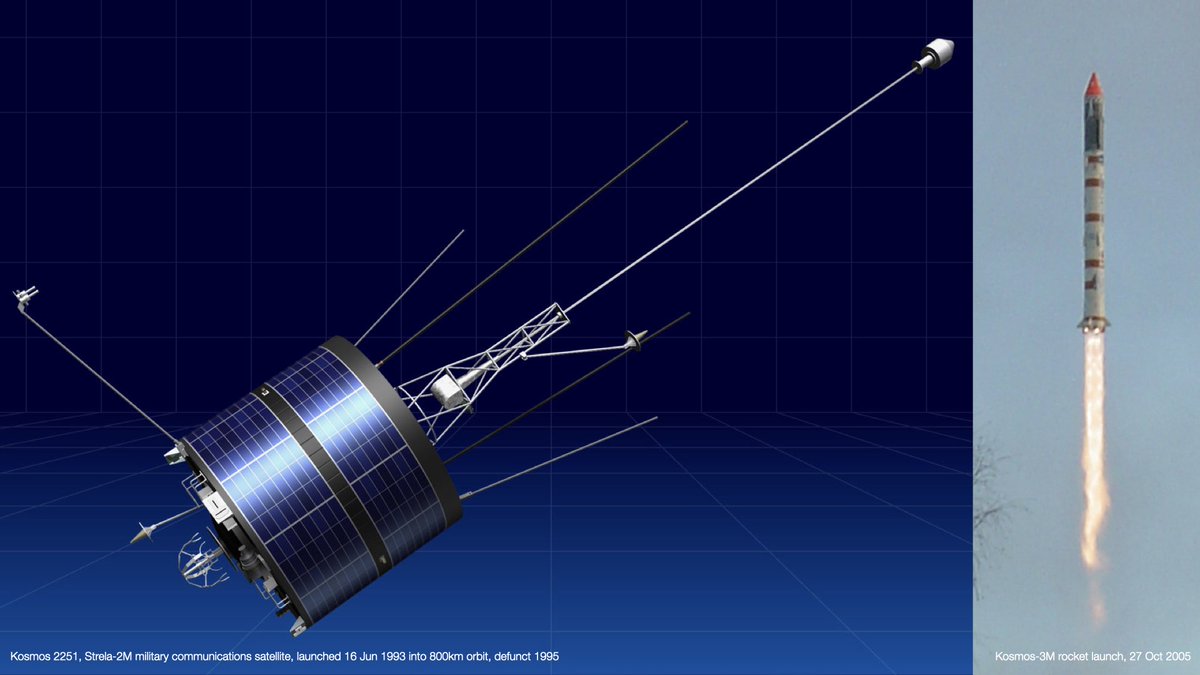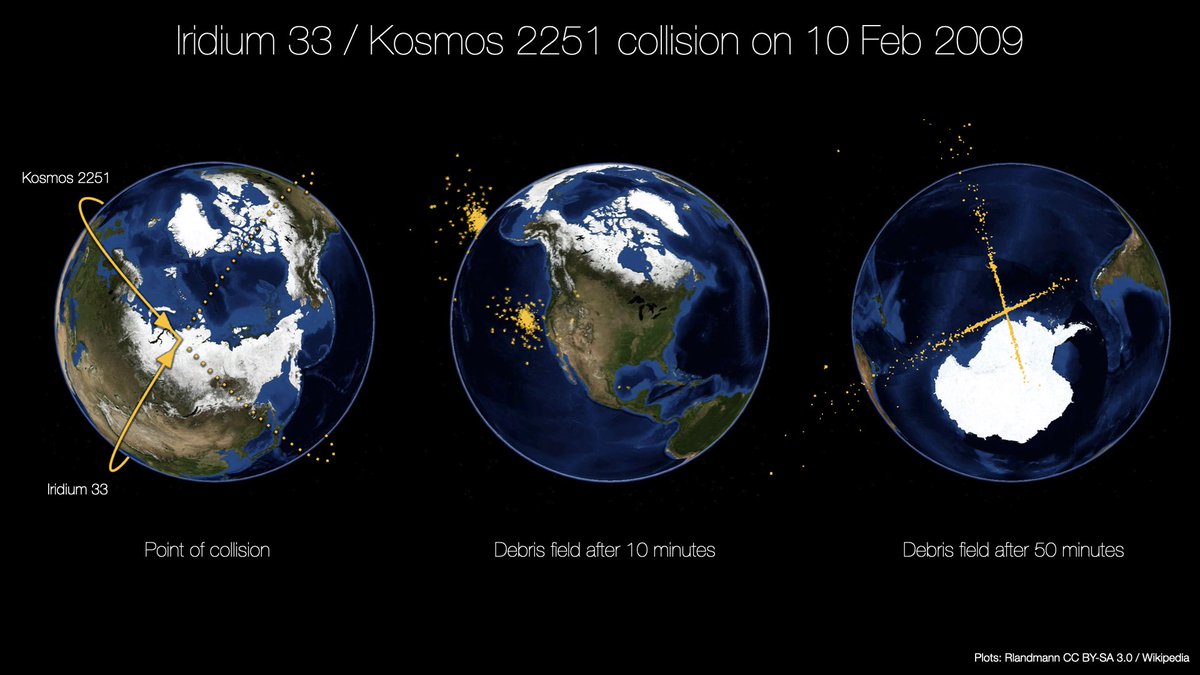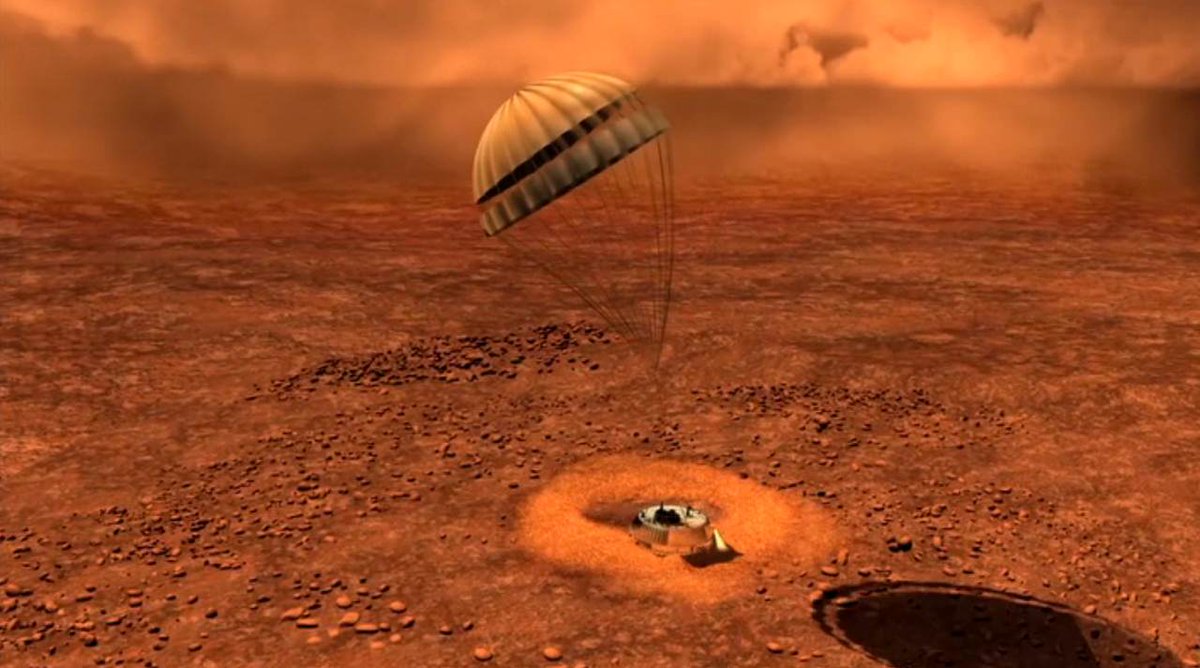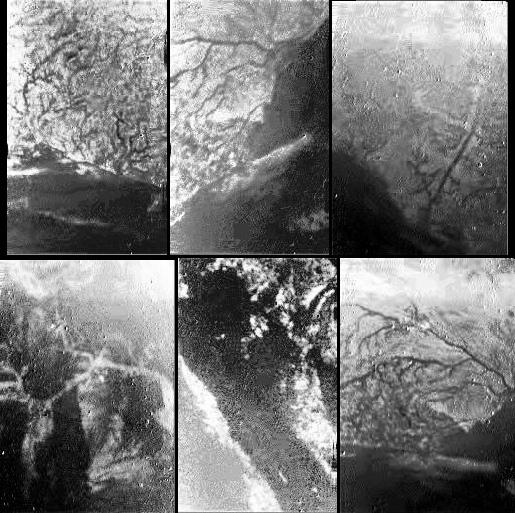
22 hours cruising through the Solar System, courtesy of the SoloHI camera on the ESA/NASA #SolarOrbiter 🛰🌞
I’ve annotated the original movie to show Venus, Earth, & Mars, each moving on their own path relative to the Sun, the stars, & the spacecraft.
More info below 👇
I’ve annotated the original movie to show Venus, Earth, & Mars, each moving on their own path relative to the Sun, the stars, & the spacecraft.
More info below 👇
https://twitter.com/esasolarorbiter/status/1354067873514344455
Be sure to go & watch the original full-quality movie, free of Twitter's obnoxious compression here. (Be sure to select the 6MB MPG version.) esa.int/ESA_Multimedia…
FWIW, there are quite a few cosmic rays in the images, seen as flashing pixels. You'll also see a few elongated streaks which you might initially think are meteors, but they're just cosmic rays too, hitting the detector at a grazing angle. Besides, meteors need an atmosphere 😉
BTW, here's where @ESASolarOrbiter was in the Solar System on 18 November 2020, with the lines of sight towards Venus, Earth, & Mars shown in the plan view. The Sun & Mercury were off to the right hand side of the movie frame.
Annotated screenshots from: solarorbiter.esac.esa.int/where/

Annotated screenshots from: solarorbiter.esac.esa.int/where/


• • •
Missing some Tweet in this thread? You can try to
force a refresh

